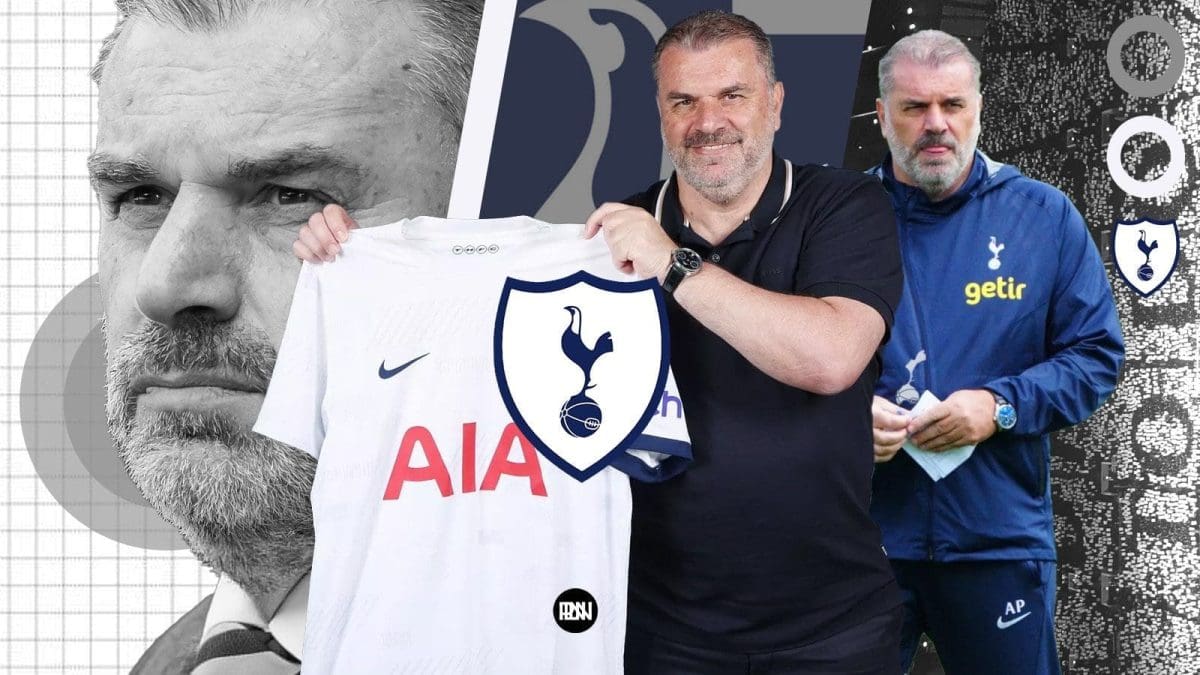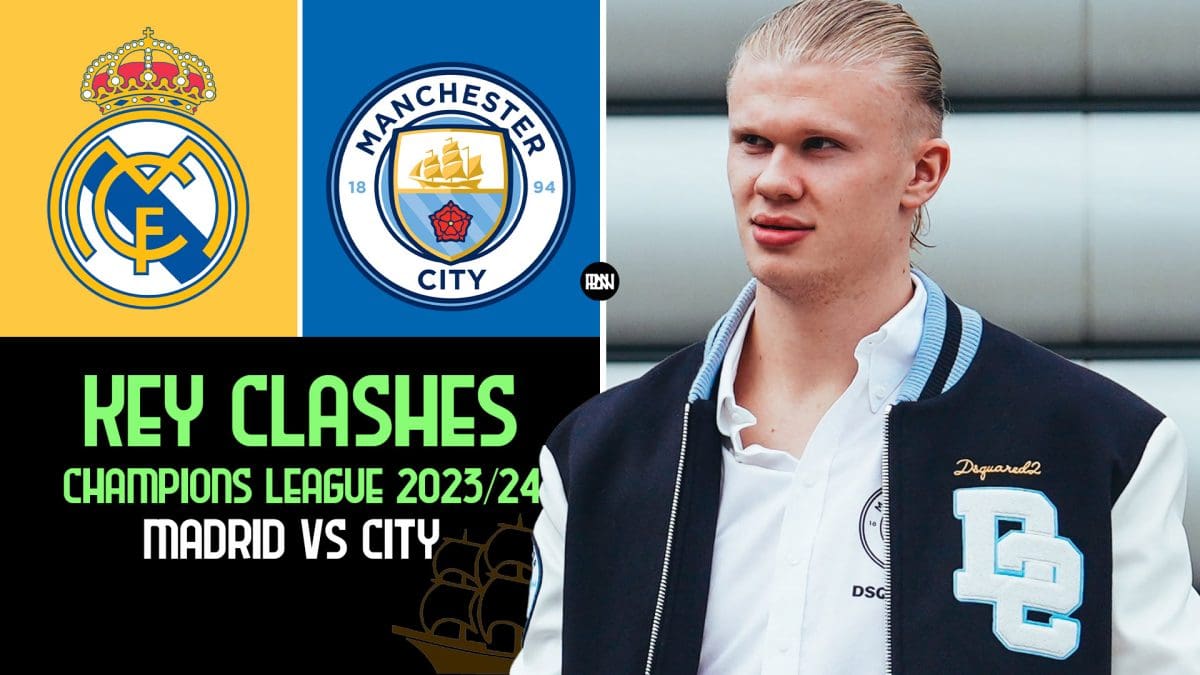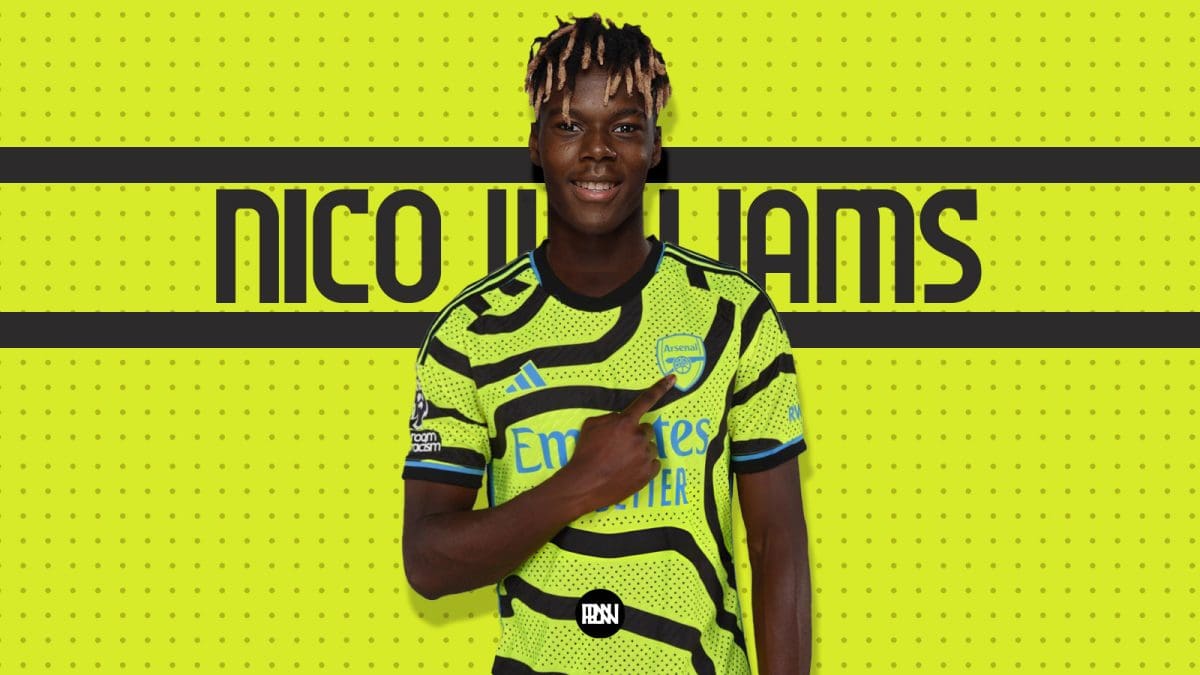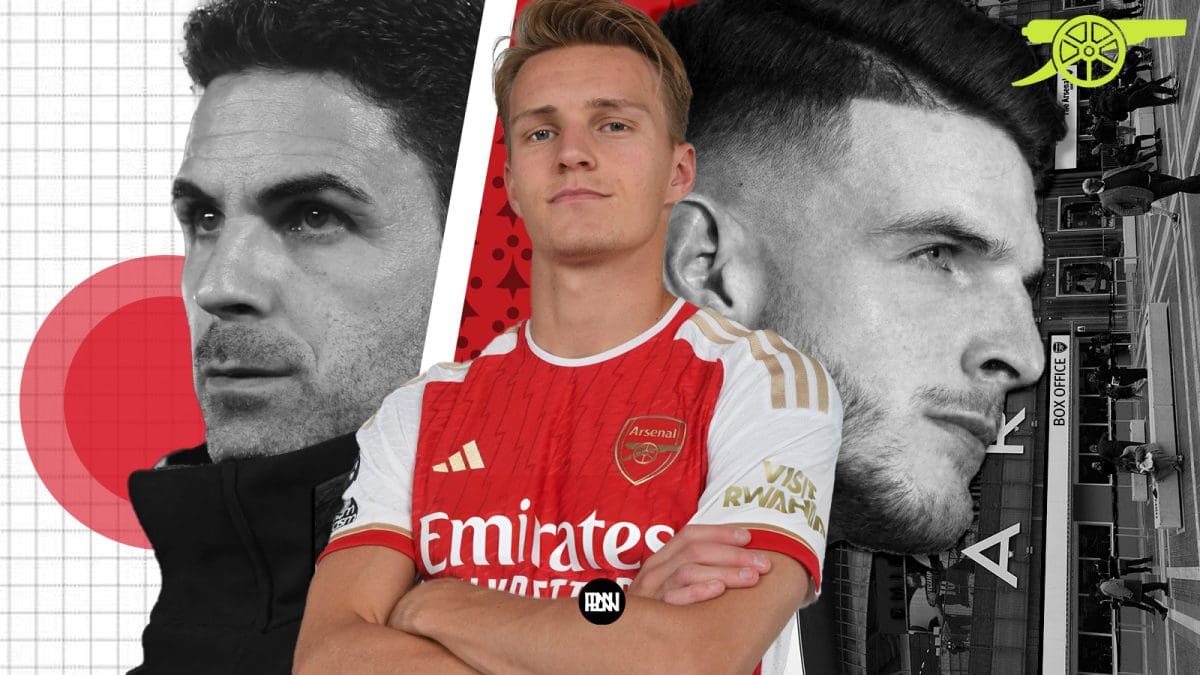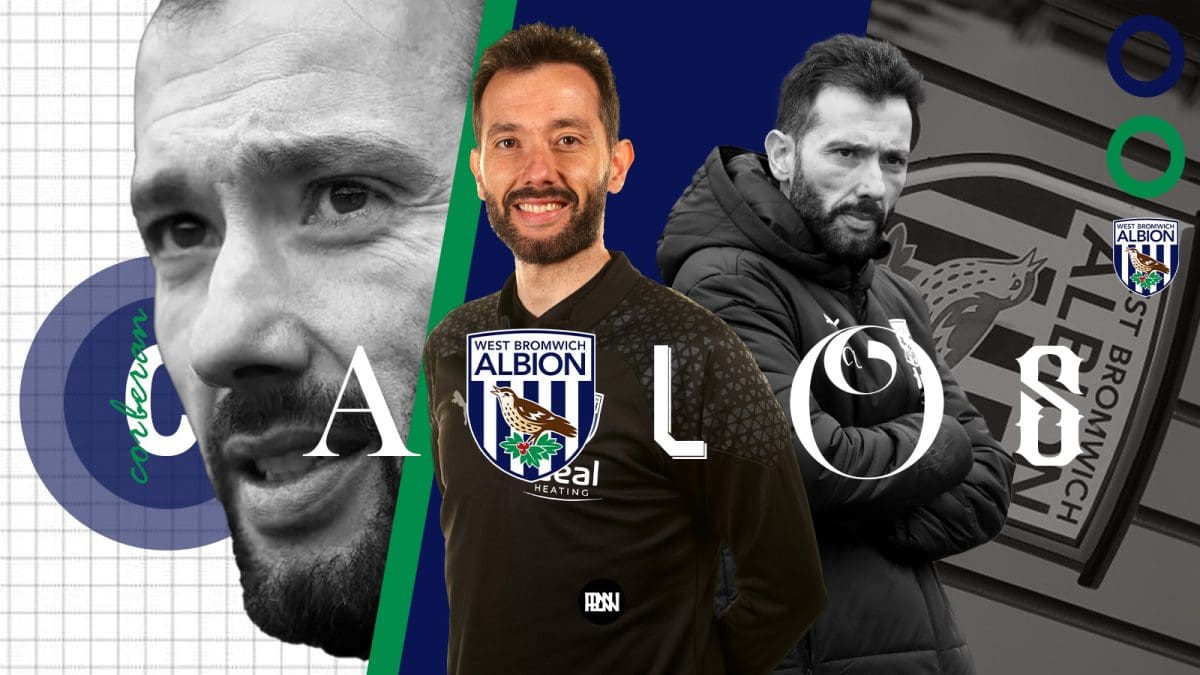Ange Postecoglou, the renowned Australian coach, has taken the football world by storm with his innovative tactics and impressive track record. After successful stints with Celtic, Australia, and Yokohama F Marinos, Postecoglou has now been appointed as the manager of Tottenham Hotspur, making history as the first Australian to lead a Premier League team. In this article, we will delve into the tactical genius of Ange Postecoglou, exploring his coaching philosophy and the strategies that have made him one of the most sought-after coaches in the game.
Rise to Prominence
Postecoglou’s coaching journey began in the late 1990s, where he achieved early success with South Melbourne. His reputation as an exceptional coach in Australia was firmly established through his consecutive title-winning campaigns with Brisbane Roar in 2011 and 2012. His achievements caught the attention of the national team, and he was appointed as the head coach of the Socceroos in 2013.
Success on the International Stage
Under Postecoglou’s guidance, the Australian national team experienced unprecedented success. He led them to their first-ever Asia Cup triumph in 2015 and secured qualification for the 2018 World Cup. Postecoglou’s attacking style of play and emphasis on player development were instrumental in the team’s achievements. His ability to create a positive mentality within the squad and his understanding of the importance of the link from the academy resonated with the players and fans alike.
Tactical Evolution: From 4-2-3-1 to 4-3-3
Throughout his coaching career, Postecoglou has showcased his tactical versatility. During his early days with Australia, he favored an attacking 4-2-3-1 formation. In this setup, the wide forwards would come off the flanks and look to exploit the spaces between the lines. The full-backs played an essential role in the attack, with the midfielders holding their positions to provide defensive stability.
However, as Postecoglou’s coaching philosophy evolved, he transitioned to a more possession-based 4-3-3 formation. This shape allowed for greater complexity in rotations and emphasized the retention of possession. The full-backs pushed forward consistently, offering width in the attacking phase, while the number eights attacked simultaneously, providing penetration inside or around the wide forwards.
Versatile Full-Backs: The Key to Postecoglou’s Tactics
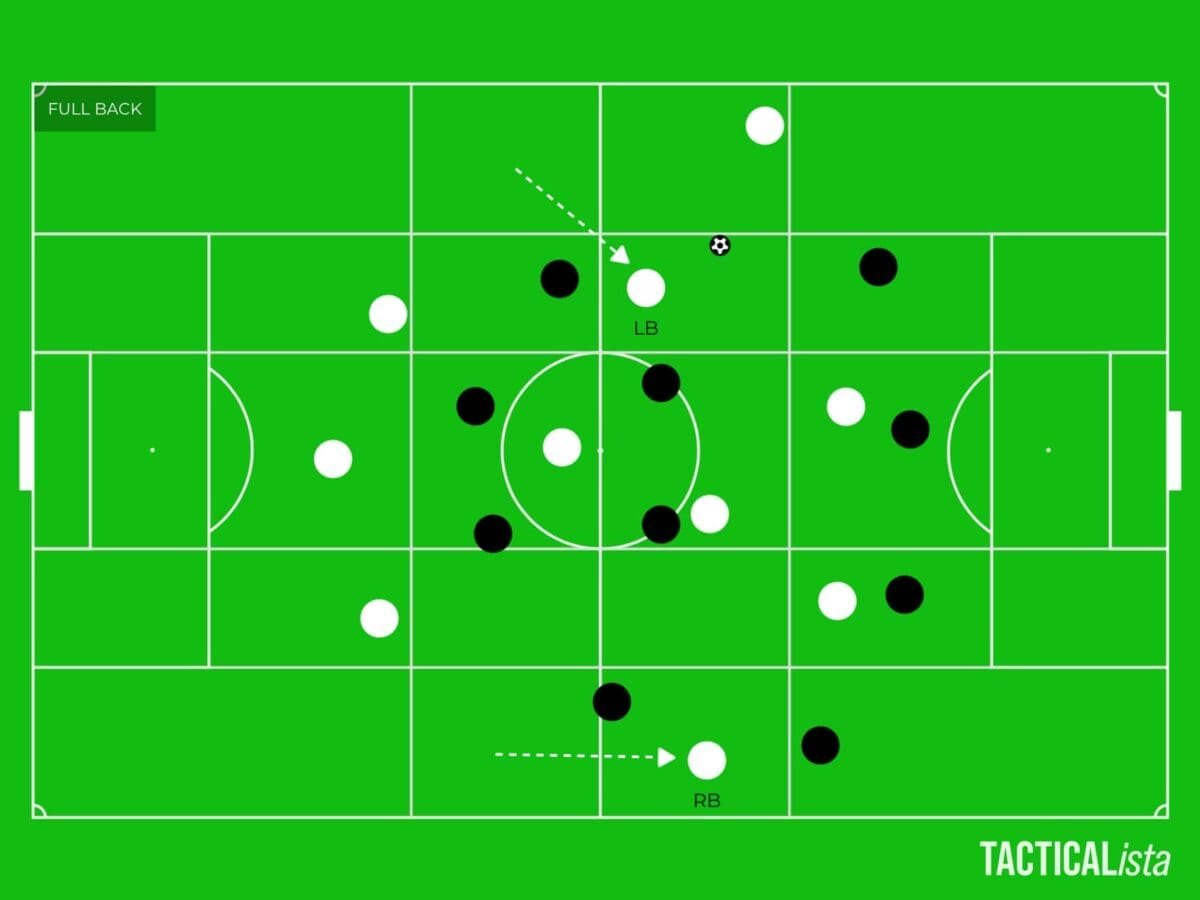
One of the standout features of Postecoglou’s tactical approach is the use of versatile full-backs. Whether it be with Brisbane Roar, Australia, Yokohama F Marinos, or Celtic, Postecoglou has consistently relied on his full-backs to contribute significantly to the team’s attacking play.
In his 4-3-3 system, the full-backs would push forward consistently, providing additional bodies in the central channels. They would often make underlapping runs, creating space for the wide forwards or central midfielders to exploit. This emphasis on overlapping and underlapping runs not only added an extra dimension to the team’s attacking play but also allowed the full-backs to provide crosses, invert inside, or stay withdrawn as part of a three-man backline, depending on the situation.
The 4-3-3 at Celtic: Wide Wingers and Central Exploitation

During his tenure at Celtic, Postecoglou implemented a similar 4-3-3 formation to the one he used at Yokohama. The wide wingers played a crucial role in stretching the opposition’s defense, creating space in the inside channels for the full-backs or central midfielders to exploit. In his first season, the full-backs would often dribble diagonally into these spaces, while the wingers threatened the space in behind. The number eights adapted their positions accordingly, providing support to the center-forward or moving wide to support the respective winger and full-back.
Central Spaces and Rotations

Postecoglou’s tactical approach revolves around the exploitation of central spaces. Whether it be with Australia, Yokohama, or Celtic, he has consistently utilized various central rotations and overloads to dominate possession.
With Australia, Postecoglou experimented with a back three and an in-possession 3-4-2-1 formation. Two central number 10s operated close to the striker, while the wing-backs provided width. This formation allowed the team to make the most of the quality midfielders at their disposal and suited their strengths.
At Celtic, Postecoglou used narrower full-backs to create more varied central rotations. The team aimed to keep possession and control the game by utilizing overloads in central areas. This approach enabled Celtic to maintain high possession percentages, averaging 67.3% and 69.5% in their two league campaigns under Postecoglou.
In his second season at Celtic, Postecoglou introduced variations to his tactics. The backline would occasionally convert into a three, with one full-back pushing forward and the other maintaining depth. This tactical adjustment proved effective against teams that set up with a front two, as the widest of the newly formed back three could step into midfield, providing additional defensive cover.
Attacking Variations: The Fluidity of Postecoglou’s Tactics
One of the defining characteristics of Postecoglou’s tactical approach is its fluidity. His teams often exhibit attacking variations, with players given the freedom to roam and adapt their positions based on the dynamics of the game.
In his second season at Celtic, Postecoglou introduced a more advanced full-back, who would often become a second pivot in midfield or push higher into the inside channel to become another number eight. This tactical adjustment allowed the original number eight to push higher and support the striker, creating a 3-3-4-like formation in possession.
Furthermore, the number eights in Postecoglou’s system have the freedom to push forward, drop deep to support the pivot, or provide wide support, similar to the tactics employed in his first season at Celtic. This fluidity and adaptability give Postecoglou’s teams a creative edge and make them difficult to predict and defend against.
Out of Possession: Mid or Low Block

While Postecoglou’s teams excel in possession, they are equally adept at defending. Depending on the opposition and the game situation, Postecoglou has utilized both mid-block and low-block defensive systems.
In his time with the Australian national team, Postecoglou often set up with a low or mid-block. The striker played a crucial role in screening and covering passes between the opposition’s center-backs, while the wide players looked to force play towards the touchline. The midfielders would adjust their positions accordingly, with two moving towards the ball and the third staying central to prevent central access.
When Australia employed a back three, they defended with a back five, a double pivot, and a narrow front three. This defensive setup aimed to cover central areas and force play wide, making it difficult for the opposition to penetrate through the middle.
The High Press and Counter Press
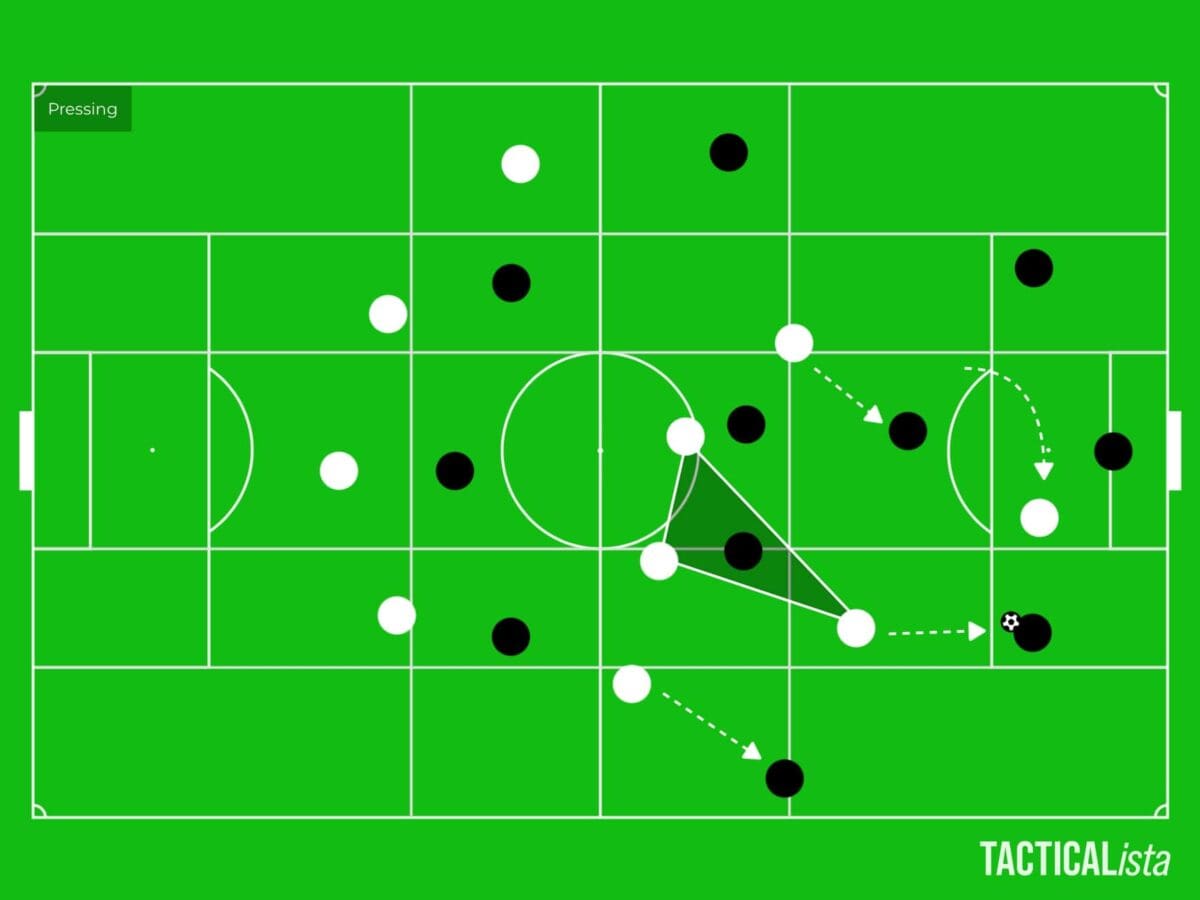
Postecoglou’s teams are known for their high press and counter-press, particularly during his time at Celtic. Whether in domestic competitions or European clashes, Postecoglou’s preferred approach was to press aggressively after losing possession.
Celtic’s 4-3-3 structure was designed to collapse inwards, suffocating the opposition and preventing them from building from the back. The wingers would join the center-forward in pressing high, bending their runs inwards to force the ball into central areas. The number eights and full-backs would then support the press, further intensifying the pressure on the opposition.
In the 2022/23 season, the counter-press became even more effective for Celtic. The narrowed full-back on the far side of the pitch provided support in midfield, creating a protective double pivot that limited central, penetrative passes. This allowed the team to restrict the opposition’s options and prevent direct balls threatening the space in behind the high defensive line.
Project Tottenham
Ange Postecoglou’s coaching philosophy, characterized by an attacking and possession-based style of play, could bring a fresh and dynamic approach to Tottenham Hotspur next season. Known for his emphasis on high-intensity pressing and fluid attacking movements, Postecoglou’s tactics would inject a new energy into the team’s performances. Certain players at Tottenham could particularly thrive under his supervision.
With the departure of Harry Kane, leaving a significant void, Son Heung-min has stepped up admirably, netting 8 goals this season in Premier League playing up front.
Additionally, young talents like Dejan Kulusevski and Pedro Porro, with their technical skills and potential for growth, are flourishing in a system that encourages creative freedom and expressive football.
Signings
The acquisitions of Manor Solomon, Brennan Johnson and James Maddison would greatly bolster Tottenham Hotspur under Ange Postecoglou’s coaching philosophy.
Manor Solomon, a talented winger with pace and flair, fits perfectly in Postecoglou’s attacking system that encourages wide players to take on defenders and create goal-scoring opportunities. His ability to beat opponents in one-on-one situations and deliver accurate crosses would provide a new dimension to Tottenham’s attacking play.
James Maddison has proven pivotal in the team’s midfield, contributing 3 goals and 5 assists, enhancing Tottenham’s attacking prowess under Postecoglou’s dynamic structure.
The signing of Brennan Johnson appears to be a shrewd move, considering his impressive performance at Nottingham Forest last season. His versatility is poised to thrive within Tottenham’s adaptable structure, offering the flexibility to excel in various positions.
The recruitment of players has brought unique skill sets to the team, enriching the squad with depth and quality that significantly contributes to Spurs’ pursuit of success under Postecoglou’s leadership. Notably, players like Vicario and Micky van de Ven have thrived under Postecoglou, contributing to the team’s best start to the season in many years.
Conclusion
Ange Postecoglou’s tactical prowess has made him a prominent figure in football. His innovative approaches and focus on attacking play have led to great success at all levels of the game. With his recent appointment as Tottenham Hotspur’s manager, fans can expect to see his tactical brilliance in action. Under Postecoglou’s guidance, Tottenham has the potential to achieve great things, and football enthusiasts eagerly await the impact of this Australian coaching maestro.
MUST READ:
– Unai Emery’s Coaching Methodology and Philosophy
– Thomas Tuchel — Training Methodology
– The Art of Resilience: Sean Dyche’s Blueprint for Success
– The Roberto De Zerbi Revolution
– The Bielsa Way: Architect of High-Intensity Football


